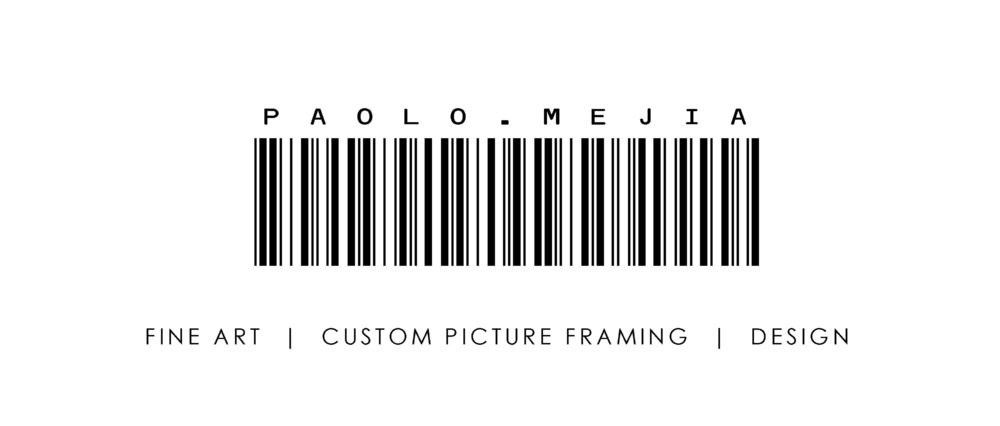Artist Bio
Jennifer Lugris (b. 1986, North Bergen, NJ) is a Korean, Uruguayan, American, and Spanish oil painter. She studied painting and photography at Rutgers University while pursuing a bachelor’s degree in sociology. Her career as an artist began in October, 2012, when she took a painting class at a small art school in Alhambra, CA.
Lugris’s artwork, which explores human rights violations permitted under political institutions is influenced by her cultural background and experience as a first generation American. In her series Forgiven, she offers an unconventional view of the death penalty by juxtaposing the image of an innocent child with the last words of a death row inmate. Her work has been exhibited in galleries internationally, including Los Angeles, San Francisco, and Queensland, Australia, and won second place at the Art Scene Today, Fall 2014: Fire Beneath the Ice Competition and two Honorable Mentions, one at the Marin Society of Artists Frances Young Gallery, Artists View of the News exhibition and one at the Axis Gallery, 10th National Juried Exhibition. She was awarded a residency at New Pacific Studio in Vallejo, CA as an Ernest J. Gaines Fellow, provided to artists for creative work that engages with issues of contemporary education and social justice. To raise awareness on social issues she has curated three successful, fundraising exhibitions: Compassion, in Alhambra, CA, aided Typhoon Haiyan victims in the Philippines, Pacha Mama in Oakland, supported the California redwoods, and SWAN Day in Oakland raised funds for WomenArts a nonprofit organization in Berkeley. To further her work, she is currently pursuing a Post-Baccalaureate Certificate in Visual Arts at the University of California, Berkeley in preparation for graduate school. She currently resides in Oakland, CA.
Artist Statement
“In my series, Forgiven, I unveil an unconventional interpretation of the death penalty. The image of an innocent child is juxtaposed with the last words of a death row inmate. A dialogue is opened on childhood, criminal activity, and tragic fate. I begin by selecting an image of a child. The face is painted in detail, while the figure is left as a sketch to represent a life unfinished. Words are chosen carefully to match the expression of the child. I explore how the text and image interact to create mood. Forgiven was inspired by restorative justice, an alternative approach in which criminals apologize to those they’ve harmed and seek forgiveness. By examining prisoners’ lives and final moments, I invite viewers to question their opinion and reexamine their grasp on the circumstances surrounding the death sentence. I encourage viewers to consider us, as a society, and the choices we make collectively on how to punish criminals.”
